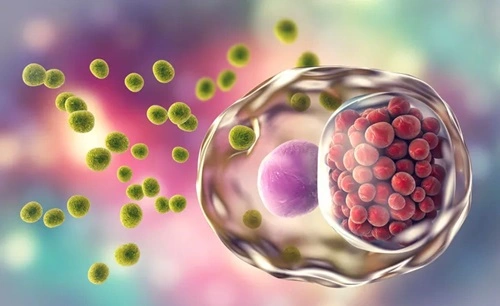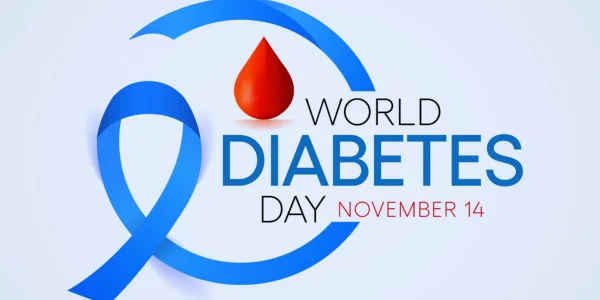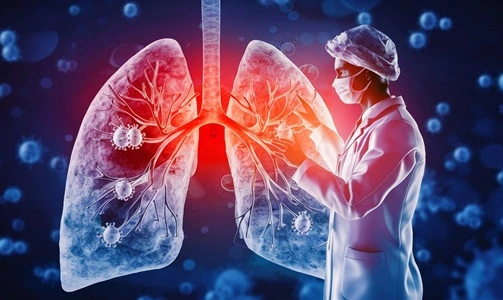Sexually Transmitted Diseases (STDs), also known as Sexually Transmitted Infections (STIs), are infections spread primarily through sexual contact. In India, STDs are a significant public health concern, affecting many individuals annually. Understanding the most common STDs, their symptoms, causes, and prevention methods is crucial for promoting sexual health and preventing transmission.

Quick Overview of Common STDs in India
| STD | Causative Agent | Key Symptoms |
|---|---|---|
| HIV/AIDS | Human Immunodeficiency Virus | Weak immune system, opportunistic infections |
| Syphilis | Treponema pallidum bacterium | Sores, rashes, fever |
| Gonorrhea | Neisseria gonorrhoeae bacterium | Painful urination, discharge |
| Chlamydia | Chlamydia trachomatis bacterium | Often asymptomatic, genital discharge |
| Genital Herpes | Herpes Simplex Virus (HSV) | Painful blisters, sores |
| Human Papillomavirus (HPV) | Human Papillomavirus | Warts, potential cancer risk |
| Trichomoniasis | Trichomonas vaginalis parasite | Itching, discharge |
1. HIV/AIDS
- Description: HIV attacks the immune system, leading to Acquired Immunodeficiency Syndrome (AIDS) if untreated.
- Causes: Unprotected sexual contact, sharing needles, mother-to-child transmission.
- Symptoms: Initially flu-like symptoms; progresses to severe immune system damage.
- Prevention: Use condoms, avoid sharing needles, get tested regularly.
2. Syphilis
- Description: A bacterial infection that progresses through stages if untreated.
- Causes: Sexual contact with an infected person.
- Symptoms: Painless sores (chancres), skin rashes, fever, swollen lymph nodes.
- Prevention: Use condoms, limit sexual partners, regular screenings.
3. Gonorrhea
- Description: A common bacterial infection affecting the genital tract, rectum, and throat.
- Causes: Sexual contact with an infected person.
- Symptoms: Burning sensation during urination, discharge from genitals, pelvic pain.
- Prevention: Use condoms, get regular health check-ups.
4. Chlamydia
- Description: A bacterial infection that often presents no symptoms.
- Causes: Sexual contact with an infected person.
- Symptoms: Genital discharge, burning during urination, lower abdominal pain.
- Prevention: Use condoms, regular medical screenings.
5. Genital Herpes
- Description: A viral infection causing painful blisters on the genital and anal areas.
- Causes: Sexual contact with an infected person.
- Symptoms: Blisters or sores on genitals, itching, flu-like symptoms.
- Prevention: Use condoms, avoid sexual contact during outbreaks.
6. Human Papillomavirus (HPV)
- Description: A viral infection with many strains; some cause genital warts, others can lead to cancer.
- Causes: Skin-to-skin sexual contact.
- Symptoms: Genital warts; often asymptomatic.
- Prevention: HPV vaccination, use condoms.
7. Trichomoniasis
- Description: A parasitic infection common among sexually active individuals.
- Causes: Sexual contact with an infected person.
- Symptoms: Itching, burning, redness, unusual discharge.
- Prevention: Use condoms, regular health check-ups.
Government Initiatives and Resources
The Indian government has implemented several programs to combat STDs:
- National AIDS Control Organization (NACO): Leads HIV/AIDS prevention and control efforts, providing resources and support.
- Suraksha Clinics: Established by NACO, these clinics offer STI/RTI services, including counseling and treatment.
- Awareness Campaigns: Regular campaigns educate the public about safe sexual practices and the importance of regular health check-ups.
Prevention and Safe Practices
- Use Protection: Always use condoms during sexual activity to reduce the risk of STD transmission.
- Regular Screenings: Get tested regularly, especially if you have multiple sexual partners.
- Limit Sexual Partners: Reducing the number of sexual partners decreases the risk of contracting STDs.
- Avoid Sharing Needles: Never share needles or syringes to prevent infections like HIV.
- Vaccinations: Get vaccinated against preventable diseases like HPV and Hepatitis B.
Conclusion
Understanding and preventing STDs is crucial for maintaining sexual health. By practicing safe sex, getting regular health check-ups, and utilizing government resources, individuals
can significantly reduce their risk of contracting sexually transmitted diseases (STDs). Education and awareness about the causes, symptoms, and preventive measures are key to tackling this public health issue. The government, along with healthcare organizations, is working to provide resources, treatment, and support to individuals across the country.
Taking responsibility for one’s sexual health is essential. By following safe practices, encouraging open discussions, and utilizing healthcare facilities, we can build a healthier and more informed society. Let us work together to eliminate the stigma associated with STDs and promote a culture of awareness and prevention.

